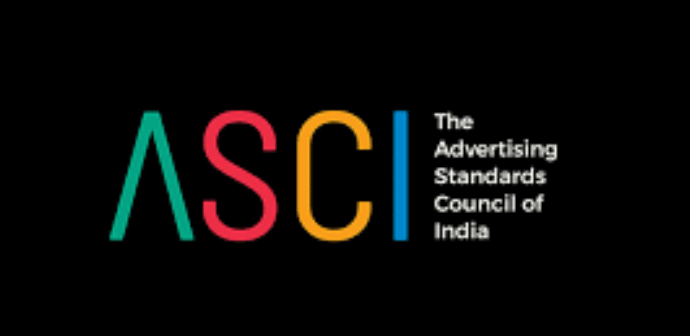With the increase in usage of digital media in recent times, marketers are employing more and more sophisticated and customized tools in digital marketing. However, with this increased sophistication and personalization, the risk of predatory practices too have increased.
Such practices, called as Dark Patterns, hinder a consumer’s choice in making sound decisions. In November 2022, ASCI released a comprehensive discussion paper titled ‘Dark Patterns – The New Threat to Consumer Protection’ that studied various deceptive patterns, found in online advertising.

Concerns like these were discussed during the recently held stakeholder consultation in Mumbai that was organized in collaboration by the Department of Consumer Affairs and ASCI. The discussion paper was kept open for almost two months and based on comments received and discussions held, it was proposed that the ASCI Code be updated.
The updated code would include advertising-related concerns around online deceptive patterns such as drip pricing, bait-and-switch, false urgency and disguised advertising.
1. Drip Pricing
The concept of revealing the total price at the very end of the buying process or after purchase confirmation is called Drip Pricing. Here the costs aren’t revealed upfront.
This causes obscurity around the final price as well and also prevents easy cost comparisons.
According to the revised guidelines, quoted prices in advertisements and e-commerce sites will include non-optional taxes, duties, fees and charges that apply to all buyers.
Incomplete price representations upfront would be considered ambiguous and deceiving.
2. Bait and Switch
A “bait and switch” is a scam to mislead buyers, whereby a seller advertises an appealing but fake offer to sell a product or service that the seller does not actually intend to sell.
Instead, the seller offers an inferior, defective, or unwanted alternative.
According to the new guidelines, when an ad or any element in an ad directly or indirectly implies one outcome of the consumer’s action but instead serves up another, it is misleading.

3. False Urgency
Stating or implying that quantities of a product or service are scarce or more limited than they actually are, is considered deceptive spurious.
In the event of a complaint, the advertiser would be required to show the stock position at the time of the appearance of the limited quantity message was of a level, where the
urgency communicated could not be considered misleading.
4. Disguised Ads
An advertisement that is of a similar format as editorial or organic content must clearly disclose that it is an ad.
Examples could be influencer posts, paid reviews, and ads placed in a manner to appear like editorial content.
The above guidelines will be applicable from 1st September 2023, and will serve as a framework for businesses to design and implement user navigation and interface that put informed decision-making and express consent a priority.
The above updates are a part of a wide range of measures taken by ASCI to safeguard consumer interest in the online space, such as guidelines for social media influencers, cryptocurrency and real money gaming.
Manisha Kapoor, CEO and Secretary General, ASCI, said, “With the government and the industry echoing their belief in self-regulation, we believe that the guidelines we have issued today will play a crucial role in fostering a more ethical and trustworthy advertising ecosystem and protecting consumer trust. These guidelines will require businesses to create communication and systems that respect user autonomy, improve transparency, and encourage well-informed choices.”
Rohit Kumar Singh, Secretary Department of Consumer Affairs, said, “We welcome the new ASCI guidelines related to advertising. Deceptive online patterns are also a violation of the Consumer Protection Act. We look forward to working with ASCI and the industry to support a robust self-regulatory mechanism for the larger framework on online deceptive patterns.”
















